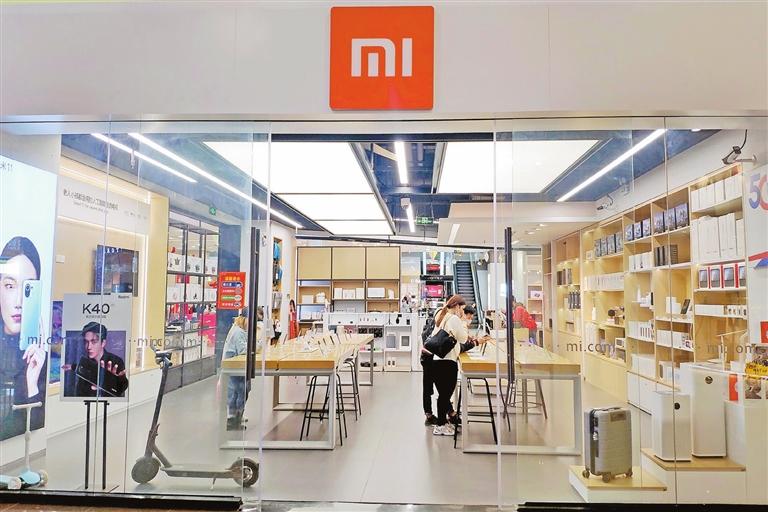
THE first large-scale smart factory that produces the latest versions of Xiaomi phones was put into operation in Changping, Beijing on Monday, Lei Jun, founder and CEO of Xiaomi, a leading consumer electronics and electric car manufacturer, announced on social media. With an investment of 2.4 billion yuan (US$330 million) and a building area of 81,000 square meters, the new factory’s 11 smartphone production lines are projected to manufacture 10 million units annually. Highly automated and with most of the equipment self-developed, the plant is also equipped with production lines for automotive electronic parts, Lei mentioned. Xiaomi plans to have all production lines operational by the end of the year, with a total annual output value of 50 billion yuan to 60 billion yuan, yicai.com reported. In 2020, Xiaomi built a plant in Beijing’s E-Town, with an annual capacity of 1 million smartphones, the Chinese-language China Times reported. The E-Town facility functions more like a lab-factory, where the company’s engineers develop new models. On the other hand, the new facility in Changping will focus on manufacturing high-end flagship models, including Mix Fold 4 and Mix Filp — the new foldables Xiaomi plans to release this month. While the production output of 10 million self-manufactured phones might seem like but a drop in a bucket compared to Xiaomi’s annual shipment of 146 million units, the new plant holds significance in ensuring better quality control and timely delivery of its high-end products, said Guo Tianxiang, a researcher with the data and analysis firm IDC, as quoted in the China Times. Ivan Lam, a senior analyst at Counterpoint, explained that a self-owned facility enables better coordination with R&D departments to ensure the feasibility of mass production at every step of developing a new model. This minimizes the need for regressions or major modifications when a new product enters mass production. While Original Equipment Manufacturers (OEMs) like Inventec Appliances, Wingtech, and Foxconn currently produce the majority of Xiaomi phones, with Foxconn also manufacturing for Huawei and Apple, Xiaomi is investing heavily in its own facilities. Lei expressed his excitement when the brand’s 5-billion-yuan electric car factory commenced operations in E-Town in March. The company began to shift its strategy towards high-end products in 2020. Xiaomi’s overall gross profit rate increased to 21.2% in 2023, up 4.2 percentage points year on year, with its smartphone business achieving an overall gross profit rate of 14.6%, up 5.6 percentage points year on year, as stated in the company’s year-end report. Smartphones and electric cars signify the brand’s foray into high-end products, potentially boosting Xiaomi’s profit margins, as per Xiaomi’s president Lu Weibing during a media briefing in May. China’s total smartphone shipments are forecasted to show a minor 0.1% increase in the latter half of this year compared to last year, but foldables may witness a 28.5% growth year on year, according to Guo. Nevertheless, it remains to be seen whether Xiaomi’s ambition for the high-end market will materialize. Statistics from Counterpoint revealed a 49% increase in the shipments of foldables in the first quarter of 2024 globally, with Huawei, Samsung, Honor, and Motorola accounting for 80% of the market share. Xiaomi shipped 146 million smartphones globally last year, ranking third after Apple’s 229 million units and Samsung's 225 million units. In the Chinese market, it secured the fifth position with a 13.2% market share during the same period, experiencing an 8.5% decline year on year. (Li Dan) | 
